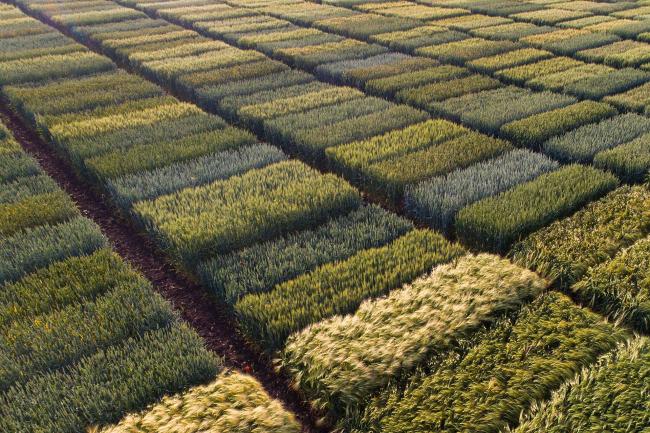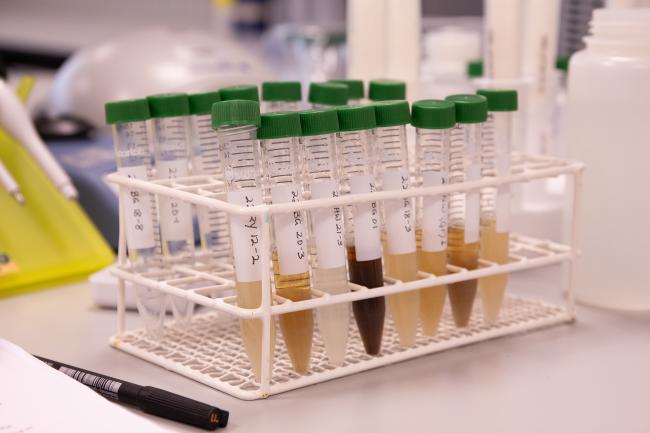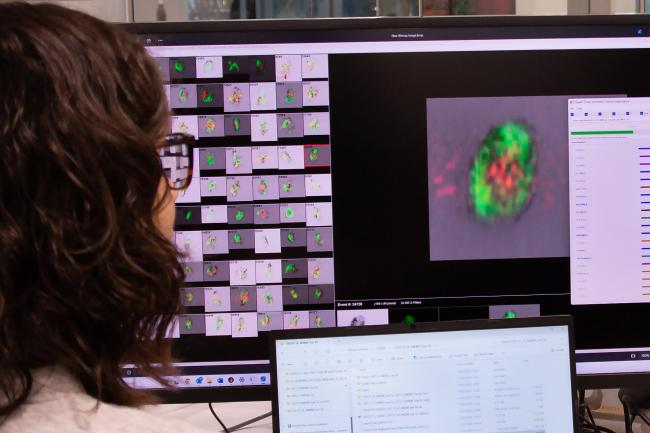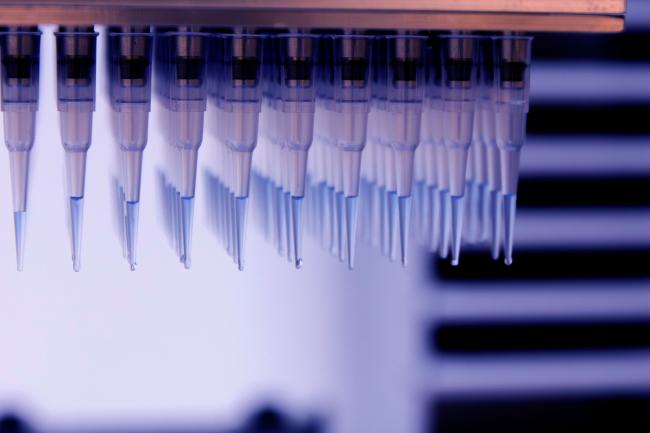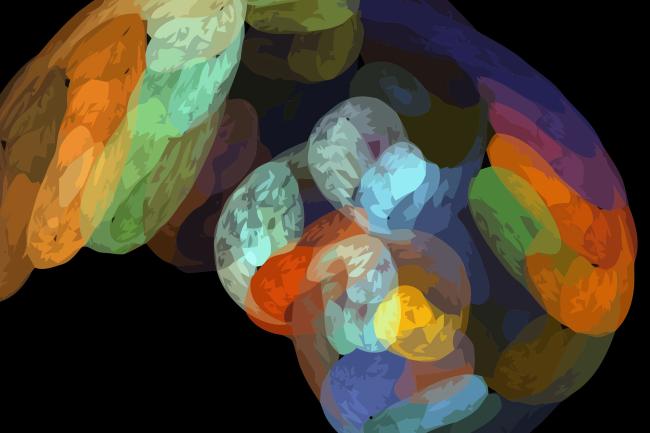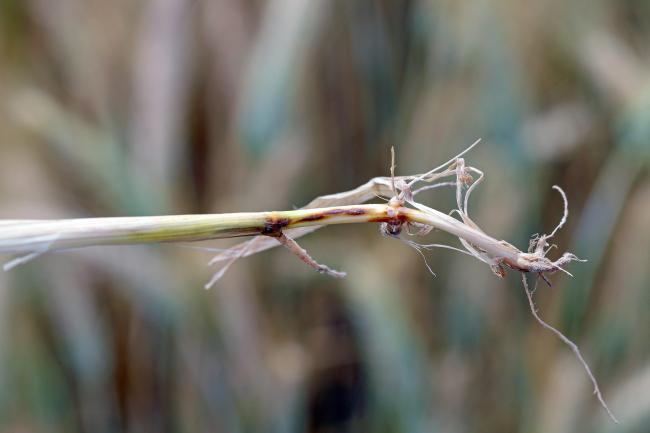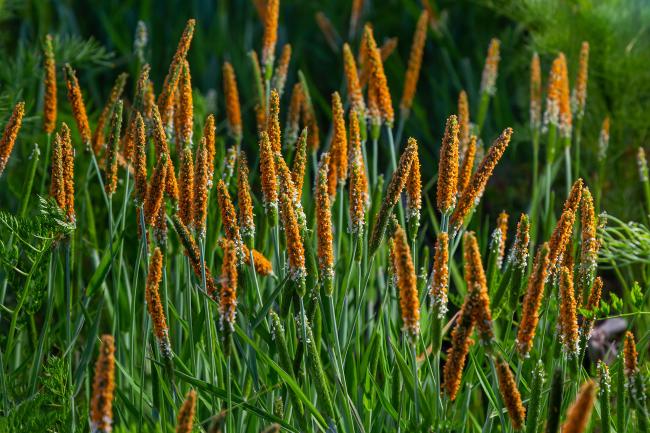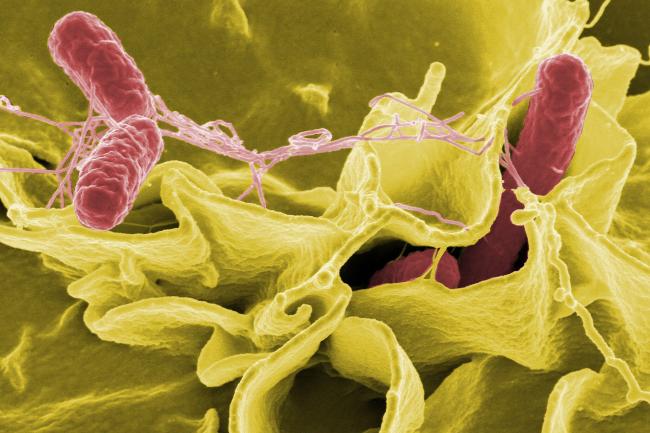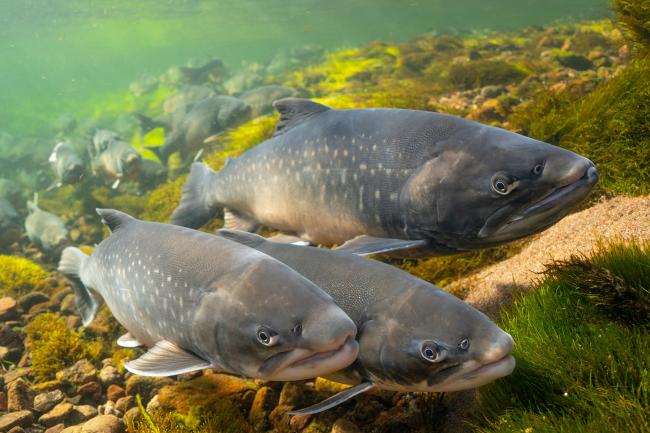There is the unavoidable ‘icky’ factor - most people don’t really enjoy the idea of insects in their house, so you cannot expect them to be overjoyed by the idea of eating insects.
This factor can be addressed by producing insect derivatives, like flours, which actually taste rather nice (most of them are quite umami, and often they really do taste like chicken…). These can in turn be integrated into more accepted recipes and formulations.
Think insect flour in bread, tortilla chips, cereal and such; and less 6 legged creatures (or even worse, maggots) on a plate with a side of chips. Therefore, on this front, we really need more insect cooking pioneers - going beyond the protein bar & niche products, and really bringing insects and their derivatives into mainstream food products that people can more easily adopt.
A more umami slice of toast with extra protein and that’s good for the environment? Sign me up.
Due to all these barriers to direct insect consumption, most of the industry is now focussing on feeding insects to animals. In this way, we can start to get people accustomed to insects entering the food chain (indirectly), while new products that fit the Western palate are developed; maybe start with buying salmon that’s been fed insects instead of fish meal.





